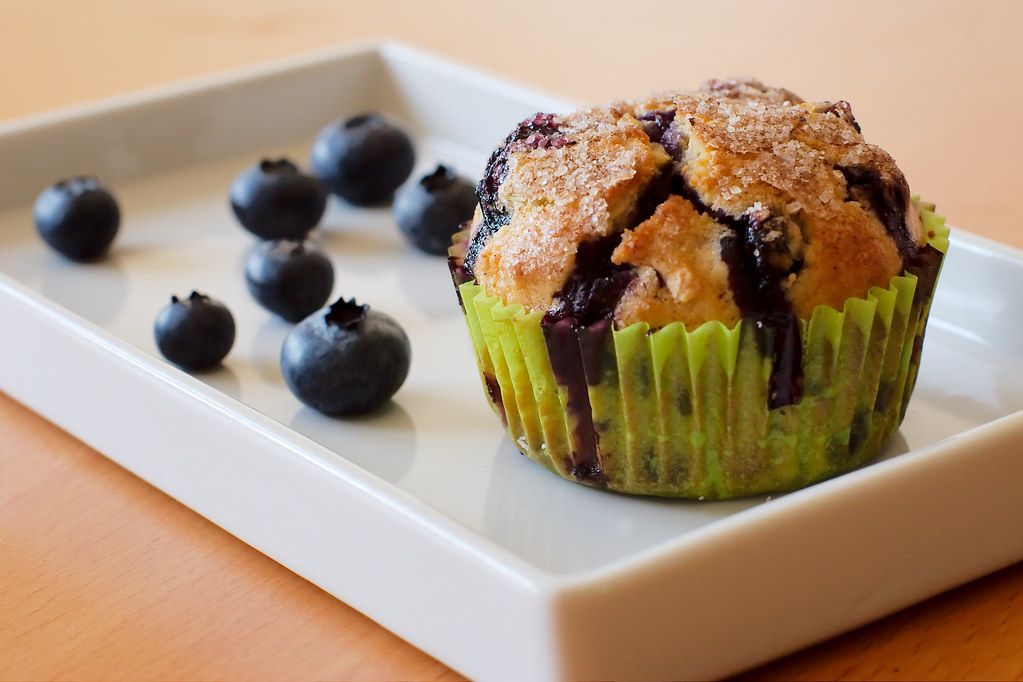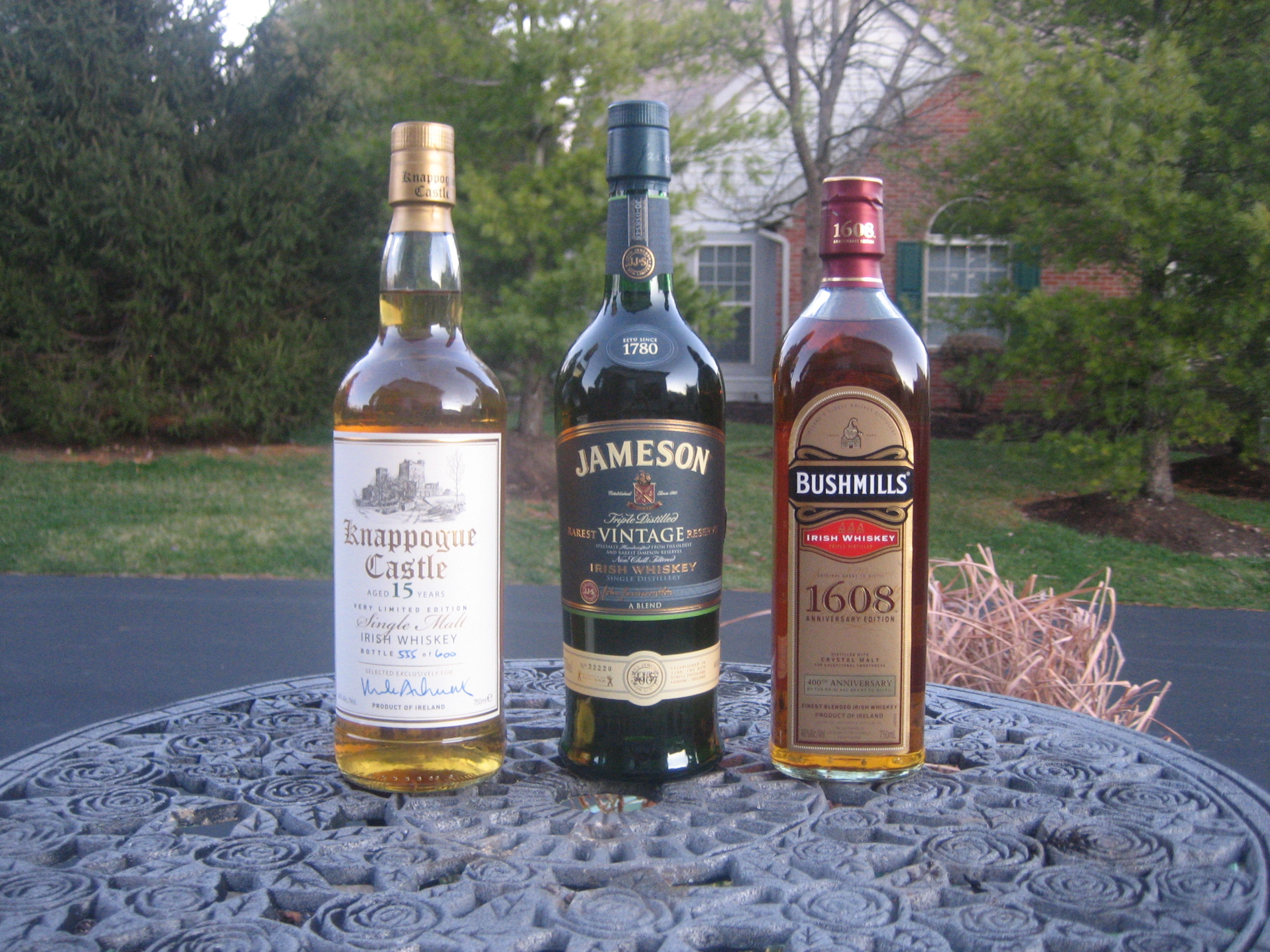
Let’s be real: when you hear “budget whiskey,” your mind might conjure up some less-than-glamorous images. Perhaps you picture tiny airplane bottles or something strictly for college mixers. But guess what? We’re here to completely flip that script. The world of affordable whiskey is bursting with hidden gems, delivering incredible flavor and versatility without draining your wallet. Forget the notion that “cheap” means “bad” – because tonight, we’re talking about smart sips that are anything but bottom-shelf.
Drinking budget whiskey doesn’t mean you’re doomed to bottom-shelf options. In fact, many overlooked heroes are powerhouses, perfect for elevating your cocktail game. We’re talking about spirits that stand up to complex mixers, add layers of nuance to your favorite concoctions, and still leave you with cash for extra limes and fancy cherries. Our mission today is to unveil these unsung liquid legends, proving that you don’t need a trust fund to shake up a magnificent drink.
When we selected our top budget whiskeys, we went beyond just taste. We considered crucial factors like the distiller’s reputation and consistency. We also explored the story behind each bottle, as every great drink has a tale. Importantly for home bartenders, we ensured these selections are widely available across most of the U.S. Get ready, because your cocktail journey is about to get a serious upgrade!

1. **Debunking the “Bottom-Shelf” Myth: Redefining Budget Whiskey for Cocktail Makers**The stigma surrounding “budget whiskey” often leads to premature dismissal, assuming a direct correlation between cost and quality. For cocktail makers, however, this couldn’t be further from the truth. A budget whiskey isn’t merely a cheaper alternative; it’s a strategic choice, representing smart sourcing and a keen understanding of what truly matters in a spirit destined for mixing. It’s about finding exceptional value where others only see a lower price tag.
Unlocking the potential of budget whiskeys requires a shift in perspective. We seek bottles offering outstanding quality relative to their cost, often delivering complexity and character found in more expensive offerings. These unsung heroes provide a robust base for a classic Old Fashioned or a vibrant pop in a Whiskey Sour, without overpowering other ingredients or leaving a harsh finish. They embody the principle that great taste doesn’t require a hefty price tag.
What makes these whiskeys “overlooked” isn’t a lack of quality, but their position outside usual hype cycles or their unassuming price point. They are the quiet achievers, consistently delivering on flavor, texture, and character. This makes them perfect candidates for everyday sipping and, crucially, for the discerning cocktail maker. Our journey today highlights these affordable marvels, proving you can craft world-class cocktails with accessible bottles.
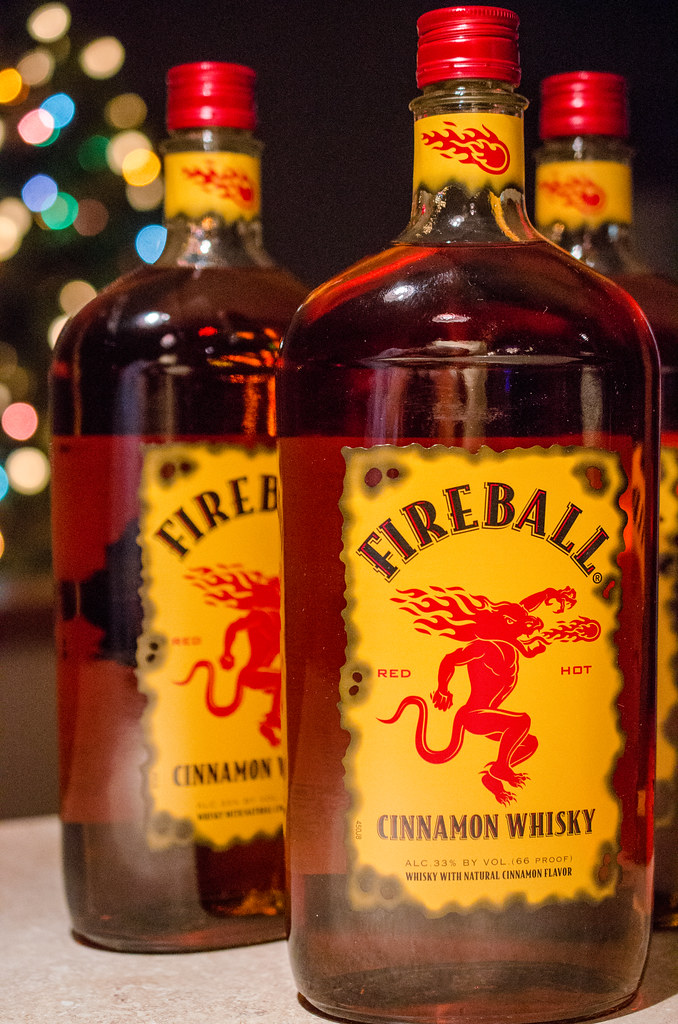
2. **The Art of Rye Whiskey: Understanding Its Distinctive Character and Cocktail Prowess**For truly memorable cocktails, understanding your base spirit’s unique characteristics is paramount. Rye whiskey, with its bold, spicy personality, particularly stands out. Made primarily from rye grain (at least 51% of its mash bill), this category offers a drier, spicier, and often fruitier profile than corn-heavy bourbons. This assertive character makes rye a beloved choice among bartenders for classic drinks needing a spirited backbone.
Rye whiskey’s flavor spectrum is incredibly broad, spanning intense pepper and cinnamon notes to subtle hints of mint, dill, and chocolate. This complexity is not just for neat sipping; it’s a playground for cocktail innovation. A well-chosen rye cuts through sweet vermouth in a Manhattan, lends a vibrant edge to an Old Fashioned, or provides a crisp counterpoint in a Sazerac. It transforms a simple mix into a sophisticated experience.
Our featured budget rye, Rittenhouse Rye Bottled-in-Bond, perfectly exemplifies this versatility. While it meets the “barely legal” 51% rye minimum, its careful composition results in a beautifully balanced whiskey, marrying rye’s signature spice with an underlying sweetness. This balance is precisely what cocktail makers seek: a spirit that provides distinctive flavor without overwhelming other ingredients, allowing for both classic interpretations and creative new concoctions.
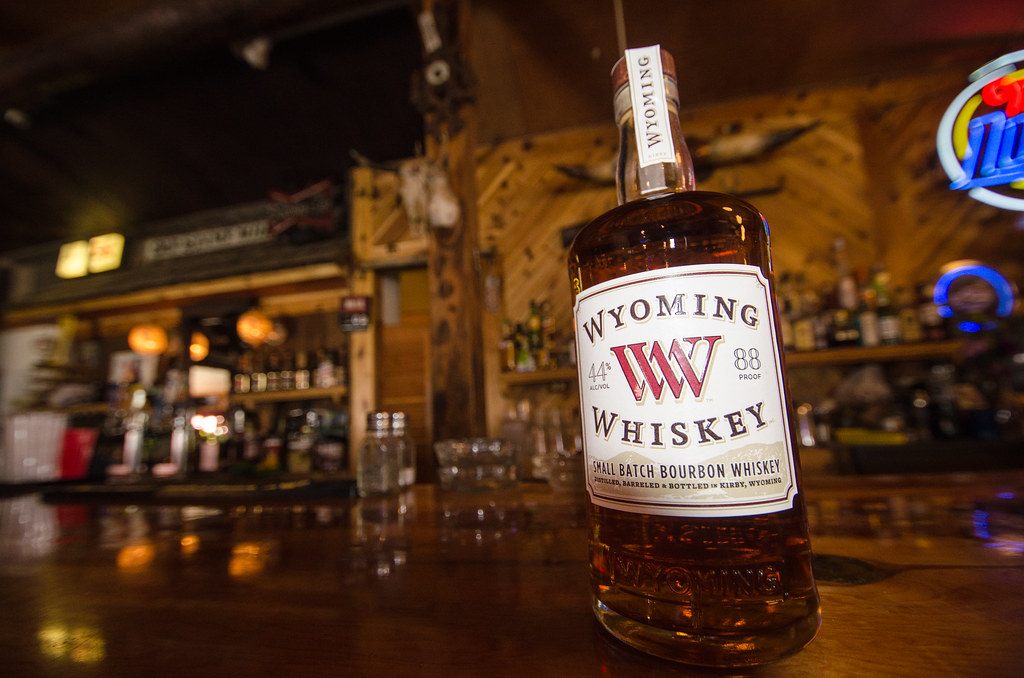
3. **Unpacking “Bottled-in-Bond”: A Historical Guarantee of Quality and Integrity**The term “Bottled-in-Bond” signifies a powerful assurance of quality and historical integrity, especially for whiskeys like Rittenhouse Rye. This designation dates back to the Bottled-in-Bond Act of 1897, a landmark law protecting consumers from dubious whiskey practices. The Act mandated purity and consistency, a stark contrast to unregulated concoctions sometimes sold as “whiskey” at the time.
To earn the “Bottled-in-Bond” label, a whiskey must adhere to strict criteria ensuring authenticity. It must be produced by a single distillery during a single distilling season (January-June or July-December). This eliminates blending spirits from different origins or batches, guaranteeing a consistent profile. This singular origin is a fundamental pillar of its integrity, ensuring traceability and clear identity.
Additionally, a Bottled-in-Bond whiskey must be aged for at least four years in a federally bonded warehouse. This minimum aging period is crucial for the whiskey to develop its full character. Finally, and importantly for cocktail makers, it must be bottled at exactly 100 proof. This higher proof ensures the whiskey’s flavors remain robust and present even when diluted in a cocktail, preventing it from getting lost.
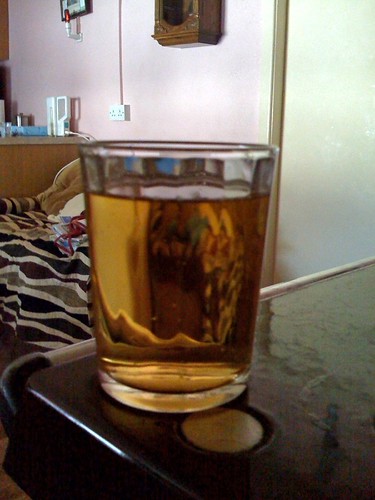
4. **Rittenhouse Rye Bottled-in-Bond: A Deep Dive into a Bartender’s Favorite**With the virtues of rye and “Bottled-in-Bond” established, let’s explore Rittenhouse Rye Bottled-in-Bond – a true MVP in the budget whiskey arena. This isn’t just another rye; it’s a meticulously crafted spirit consistently punching above its $30 price tag. Its “barely legal” mash bill of 51% rye, 37% corn, and 12% malted barley gives it a versatile and appealing character, making it a favorite among bartenders.
The magic of Rittenhouse lies in its expertly balanced mash bill. The 51% rye ensures that signature spicy kick, while the significant 37% corn introduces a welcome sweetness. This isn’t just a pleasant addition; it’s a crucial element that rounds out the whiskey, softening rye’s sharp edges and creating a harmonious flavor profile. This balance allows Rittenhouse to transition seamlessly from bold to approachable, depending on how you mix it.
On the palate, Rittenhouse Rye delivers an immediate burst of spice (peppery notes, cinnamon), gracefully giving way to layers of warm caramel, sweet honey, and rich brown sugar. Subtle notes of dried fruit and cocoa further enhance this delightful transition, adding depth and complexity. Its bold flavor, combined with this underlying sweetness and intricate finish, makes it incredibly versatile, providing a dependable foundation for classic Manhattans or new experiments.
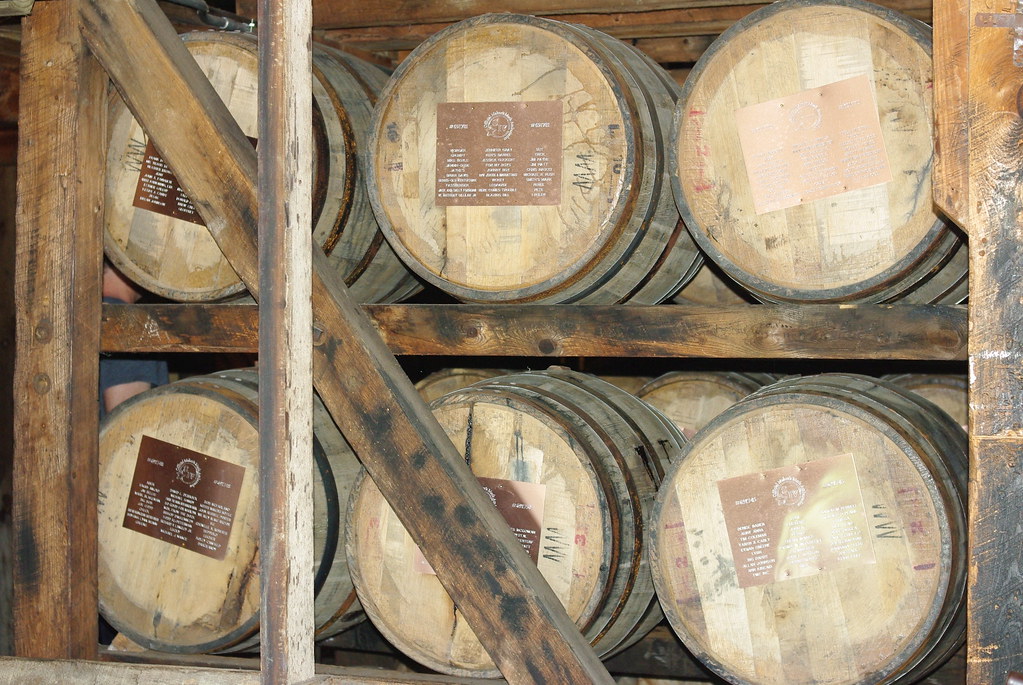
5. **The Allure of Bourbon Whiskey: Its Sweet Profile and American Heritage**Moving from spicy rye, we now focus on its sweeter, often more approachable cousin: bourbon whiskey. Bourbon holds a special place in American spirits, deeply intertwined with the nation’s history and embodying a distinct flavor profile. To be considered a true bourbon, a whiskey must adhere to stringent rules, ensuring its unique character and quality. These regulations are the very essence of what makes bourbon, well, bourbon..
Bourbon is defined by its corn content, requiring at least 51% corn in the mash bill, made in the U.S. This high proportion is responsible for bourbon’s characteristic sweetness, manifesting as notes of vanilla, caramel, butterscotch, and toasted nuts. This inherent sweetness makes bourbon an incredibly versatile spirit, equally enjoyable neat or as a foundational component in a vast array of cocktails.
Beyond the corn, bourbon’s identity is shaped by its aging process: it must be aged in new, charred oak barrels. Charring the barrel interior creates activated charcoal, acting as a natural filter, while caramelizing wood sugars. This interaction imparts bourbon with its distinctive amber color and contributes significantly to its complex flavors, adding notes of toasted wood, spice, and even smoky depth. This commitment ensures bourbon’s iconic profile.
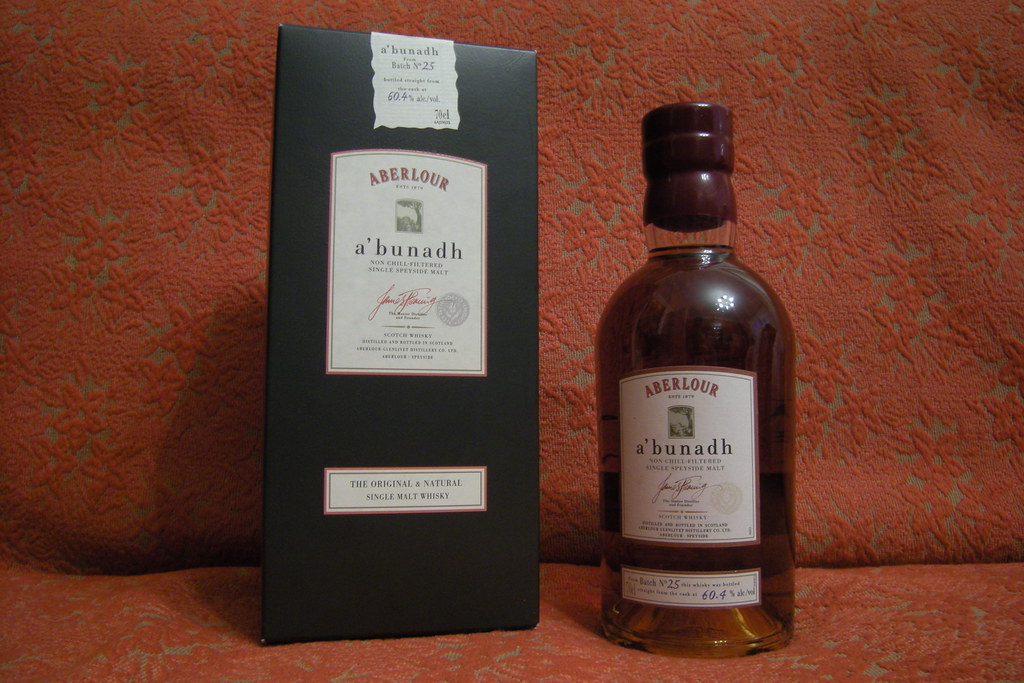
6. **Buffalo Trace Straight Kentucky Bourbon Whiskey: A Cornerstone for Classic and Modern Cocktails**
When discussing budget bourbon that consistently delivers excellence, Buffalo Trace Straight Kentucky Bourbon Whiskey is impossible to overlook. This isn’t just an entry-level bourbon; it’s a quality benchmark often found alongside much pricier bottles, despite its accessible typical price of around $29.99. For cocktail makers, Buffalo Trace is a quintessential choice, providing a robust, flavorful, and consistent base that elevates any drink.
Buffalo Trace proudly meets all rigorous criteria for true bourbon. Made in the U.S. with a mash bill featuring at least 51% corn, it provides the signature sweetness bourbon is celebrated for. This corn-forward profile ensures a smooth, welcoming palate, excellent for newcomers yet offering depth for experienced drinkers. It’s a testament to meticulous distillation and aging that such a complex and satisfying spirit can be produced at this price point.
The aging process for Buffalo Trace, like all bourbons, involves new, charred oak barrels. This critical step ensures the whiskey slowly extracts flavors and colors from the wood. The interaction with charred oak imparts a rich tapestry of notes: classic caramel and vanilla, hints of oak, brown sugar, and a gentle spice. This well-rounded flavor profile makes Buffalo Trace an incredibly versatile ingredient, shining in anything from a Bourbon & Coke to a sophisticated Boulevardier.
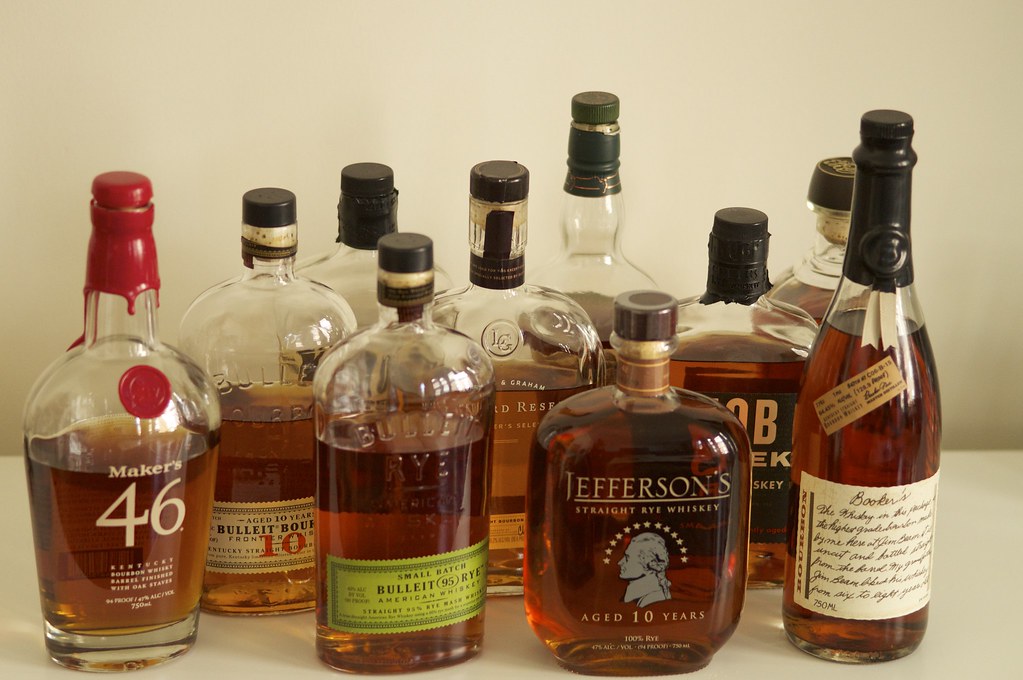
7. **Buffalo Trace Straight Kentucky Bourbon Whiskey: Its Unrivaled Balance and Cocktail Potential**
Alright, let’s pick up where we left off with Buffalo Trace Straight Kentucky Bourbon Whiskey. This isn’t just any bourbon – it’s a total game-changer for anyone looking to up their cocktail game without breaking the bank. Typically ringing in at around $29.99, it consistently holds its own against bottles that cost a whole lot more. It’s truly a testament to quality that a bourbon so robust and flavorful can be this accessible, making it a staple for both new and seasoned cocktail enthusiasts alike.
What makes Buffalo Trace such a standout? It perfectly encapsulates everything a great budget bourbon should be: a powerful, consistent, and flavorful base. Crafted right here in the U.S., it proudly showcases a mash bill with at least 51% corn, which is the secret behind that signature bourbon sweetness we all crave. This corn-forward profile translates into a smooth, welcoming palate, making it excellent for mixing and enjoyable for those just starting their bourbon journey.
The magic continues with its aging process, which, as with all true bourbons, takes place in new, charred oak barrels. This critical step infuses the whiskey with a rich tapestry of flavors. We’re talking classic notes of caramel and vanilla, beautifully intertwined with hints of toasted oak, a touch of brown sugar, and just a gentle kiss of spice. This complex yet harmonious profile gives Buffalo Trace its incredible versatility.
Imagine crafting a perfectly balanced Old Fashioned where Buffalo Trace’s caramel and vanilla notes sing, or mixing up a sophisticated Boulevardier where its subtle spice adds just the right depth. Its well-rounded character ensures it never gets lost in a cocktail, always providing that robust, flavorful backbone that elevates your drink from good to absolutely amazing.
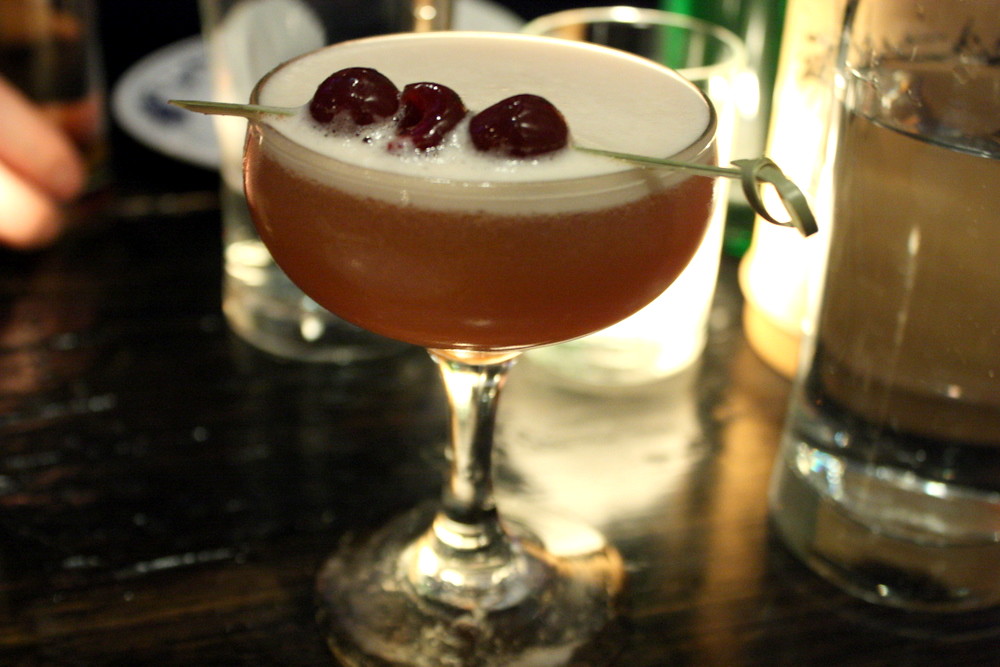
8. **The Critical Role of Mash Bills: Unpacking Grain Ratios for Distinctive Flavors**Now that we’ve swooned over Rittenhouse Rye and Buffalo Trace, let’s zoom out a bit and talk about something truly fundamental to whiskey’s character: the mash bill. If you’ve ever wondered why one whiskey tastes spicier and another sweeter, the answer often lies in its grain composition. The mash bill is essentially the recipe of grains—corn, rye, barley, wheat—used to make the spirit, and understanding it is like having a secret decoder ring for whiskey flavors.
Take rye whiskey, for example, as perfectly embodied by Rittenhouse Rye Bottled-in-Bond. To earn that “rye” title, it needs at least 51% rye grain in its mash bill. This high proportion is exactly what gives rye its famous bold, spicy personality, often delivering drier, spicier notes with intriguing hints of mint or dill. Rittenhouse’s specific 51% rye, combined with 37% corn and 12% malted barley, shows how these ratios can be expertly tweaked for balance.
Then, swing over to bourbon, where corn takes center stage. For a whiskey to be called bourbon, it must contain at least 51% corn. This significant corn content is the source of bourbon’s signature sweetness, manifesting in delightful notes of vanilla, rich caramel, smooth butterscotch, and sometimes toasted nuts. This sweetness provides a roundness and accessibility that makes bourbons like Buffalo Trace incredibly versatile.
What’s fascinating is how these grains interact. In Rittenhouse Rye, that “barely legal” 51% rye ensures the signature spice, but the substantial 37% corn content introduces a welcome sweetness. This crucial balancing act softens rye’s sharper edges, creating a harmonious profile. As cocktail makers, knowing these ratios helps us predict how a whiskey will behave, allowing us to tailor our creations.
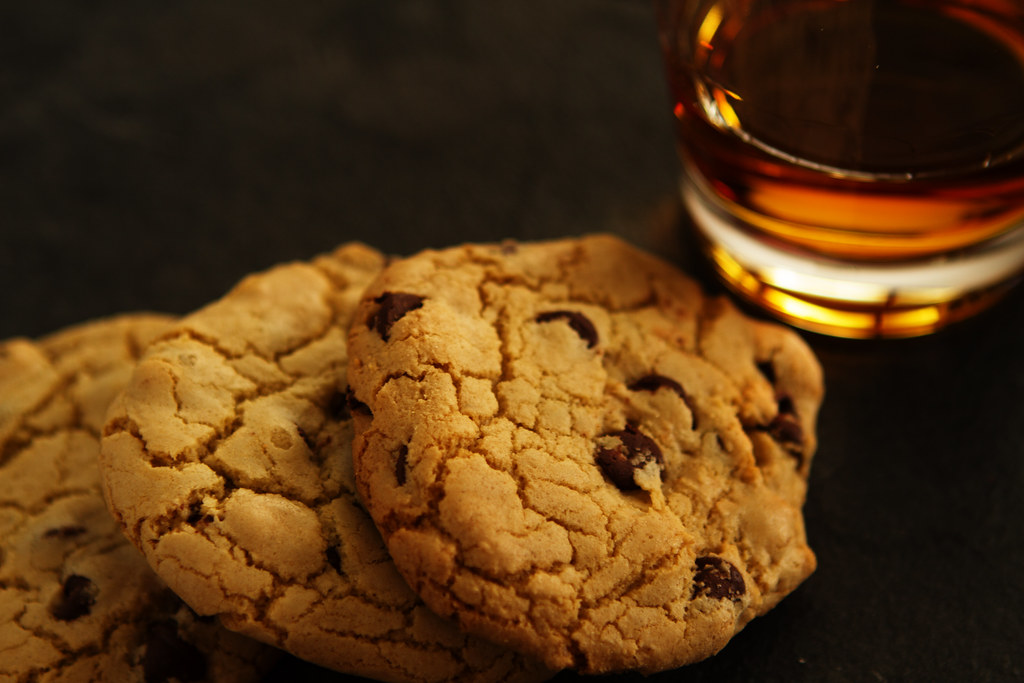
9. **Proof Positive: Why Alcohol Content Matters for Your Cocktails**Beyond the mash bill, another vital factor influencing your whiskey’s character, and its performance in a cocktail, is its proof. This isn’t just a number on the label; it’s a direct indicator of alcohol content and how robust the whiskey’s flavors will be. For us cocktail enthusiasts, understanding proof helps us choose a spirit that won’t get lost in translation once it’s mingled with other ingredients.
Consider the “Bottled-in-Bond” designation, a standard upheld by Rittenhouse Rye. One of its strict criteria is that the whiskey must be bottled at exactly 100 proof. This higher proof ensures that the whiskey’s inherent flavors remain incredibly robust and present, even when you introduce dilution from ice or other liquids in a cocktail. It prevents the spirit’s distinctive character from fading into the background, guaranteeing a flavorful and impactful drink every time.
Now, let’s look at Buffalo Trace Straight Kentucky Bourbon Whiskey, which typically comes in at 90 proof. While it’s a bit lower, it still provides a wonderfully robust, flavorful, and consistent base for your cocktails. Its 90 proof makes it exceptionally approachable for sipping neat, offering a smooth entry point without sacrificing the depth of its caramel, vanilla, and oak notes.
The proof effectively determines the intensity of the whiskey’s flavor delivery. A higher proof whiskey like Rittenhouse will assert itself more forcefully. A slightly lower proof, like Buffalo Trace, can offer smoother integration, allowing other ingredients to harmonize beautifully while still providing a solid whiskey foundation. Matching the whiskey’s proof to the cocktail’s complexity makes all the difference.
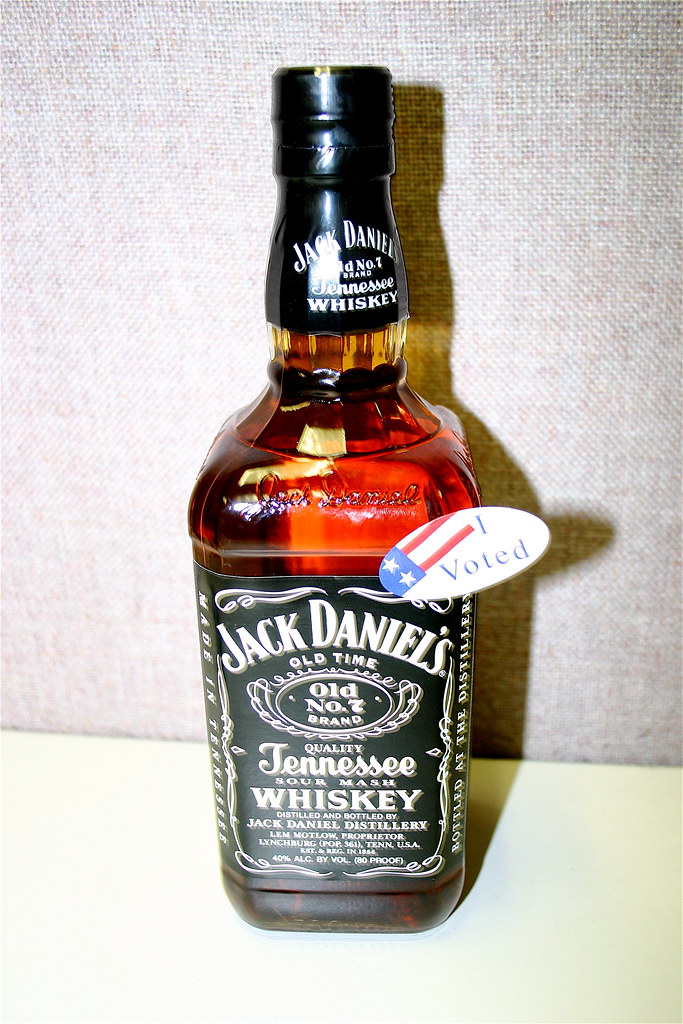
10. **Mastering the Palate: Deciphering Complex Whiskey Taste Profiles**Understanding mash bills and proof gets you halfway there, but truly becoming a cocktail wizard means mastering the art of the palate—deciphering those complex taste profiles that each whiskey offers. It’s not just about “good” or “bad”; it’s about recognizing the specific notes and nuances that make each budget bottle a unique addition to your bar. Luckily, the world of whiskey gives us clear roadmaps in its flavors, even in accessible bottles.
Let’s revisit Rittenhouse Rye Bottled-in-Bond, a fantastic example of a multifaceted palate. When you taste Rittenhouse, you’re greeted with an “immediate burst of spice,” featuring peppery notes and cinnamon. But the journey doesn’t end there; this initial spice gracefully gives way to layers of warmth, revealing “caramel, sweet honey, and rich brown sugar.” These sweeter notes are a direct result of its significant corn content, balancing the rye’s assertiveness.
And just when you think you’ve got it pegged, Rittenhouse surprises you with “subtle notes of dried fruit and cocoa,” adding another dimension of depth and intrigue. This delightful transition from bold spice to underlying sweetness, punctuated by nuanced hints, is what makes it so dynamic for cocktail making. You can lean into its spice for a Sazerac or highlight its sweetness in a more mellow drink.
Then we have Buffalo Trace Straight Kentucky Bourbon Whiskey, a champion of classic bourbon flavors. Its profile is a rich tapestry woven with “classic caramel and vanilla,” undeniably born from its corn-heavy mash bill and careful aging in charred oak barrels. Beyond that, you’ll also discover “hints of oak, brown sugar, and a gentle spice.” This subtle spice and oakiness add structure and complexity, preventing the sweetness from becoming overwhelming.
For us cocktail creators, recognizing these distinct flavor components—the bold spice of rye, the creamy sweetness of corn, the influence of oak, and the whispers of fruit or cocoa—is incredibly empowering. It allows for intentional pairing, choosing a whiskey whose profile naturally complements or creates an exciting contrast with your other ingredients. No more guessing; just deliberate, delicious cocktail crafting.
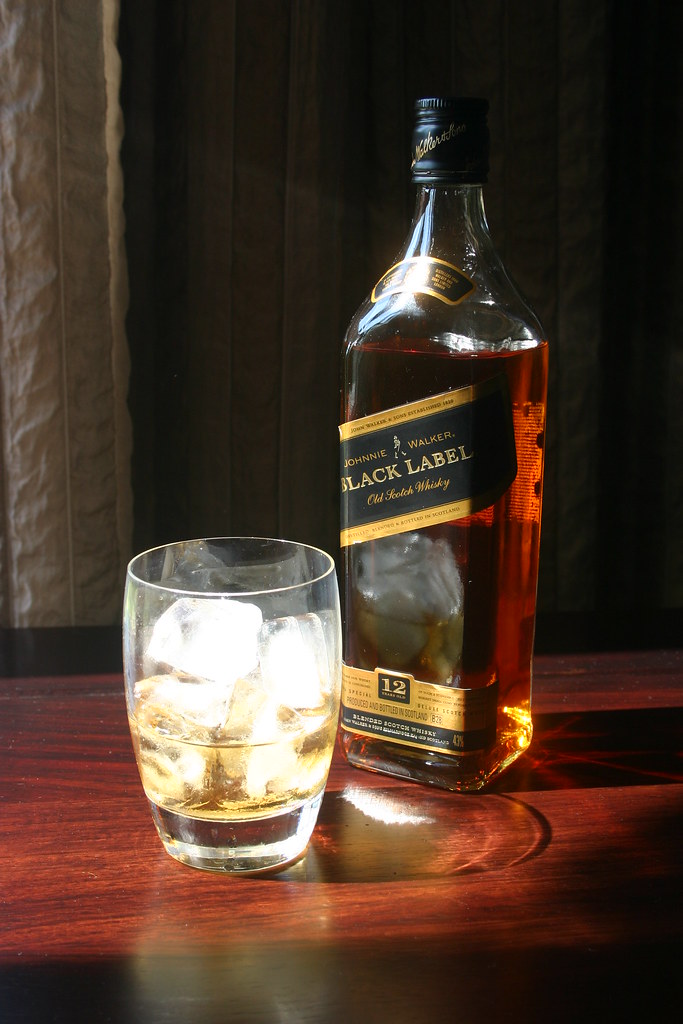
11. **The Unseen Layers: Distiller Reputation and the Story Behind the Bottle**As we scout for those truly overlooked budget whiskey buys, remember there’s more to a bottle than just what’s inside. In our quest to bring you the best, we “considered crucial factors like the distiller’s reputation and consistency,” because these elements offer invaluable insight into the quality you can expect. A distiller’s name often represents decades of expertise and a commitment to craft, even when producing spirits designed to be affordable.
The narrative behind a bottle also adds an exciting layer to your drinking experience. As we highlighted earlier, “every great drink has a tale,” and this holds true for our budget champions. Take Rittenhouse Rye, for instance. While originally named for a Philadelphia square, it has been crafted since 1993 by the esteemed Heaven Hill Distillery in Kentucky. This consistent production by a reputable distillery ensures its consistent quality and character.
Similarly, the consistent excellence of Buffalo Trace Straight Kentucky Bourbon Whiskey speaks volumes about its origins. Its dependable “robust, flavorful, and consistent base” is no accident; it’s the result of meticulous distillation and aging processes overseen by a distillery known for its high standards. When a brand like Buffalo Trace consistently delivers such quality at an accessible price point, it’s a strong indicator of a reputable distiller prioritizing taste and consistency for everyone.
Understanding the distiller’s reputation gives you peace of mind that you’re investing in a product that consistently delivers. This consistency is paramount for cocktail makers, ensuring your favorite recipes turn out perfectly every time, without unwelcome surprises from batch variations. It’s about buying smart, not just buying cheap.
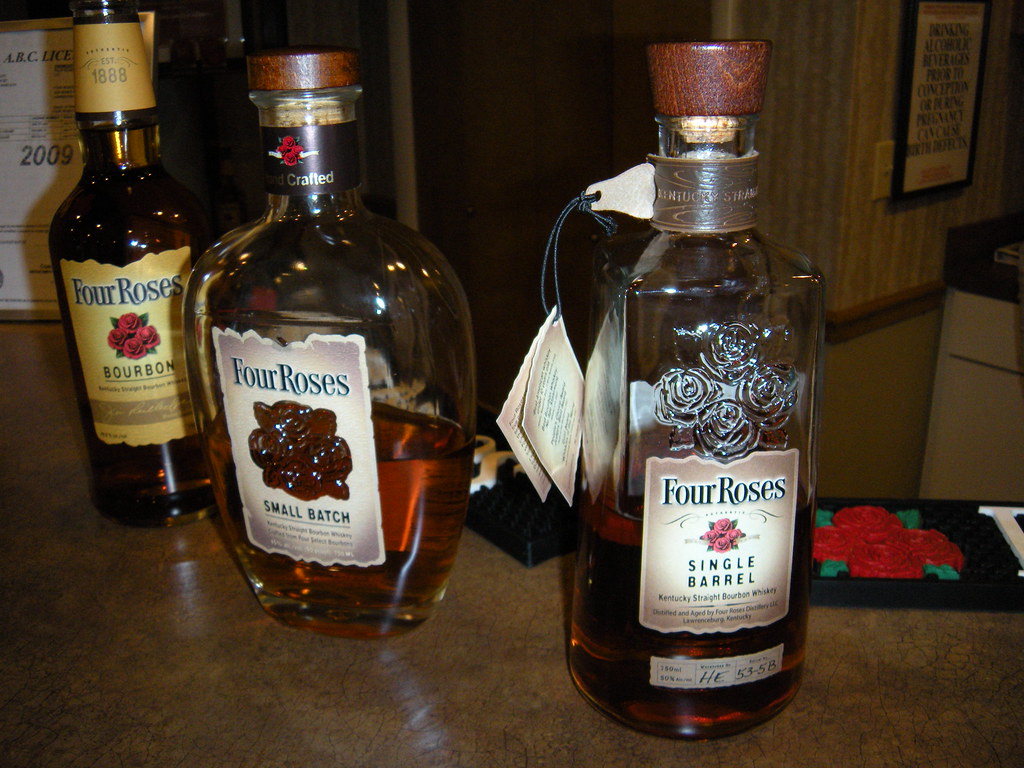
12. **The Hunt for Value: Ensuring Wide Availability for Your Cocktail Adventures**Finally, when it comes to stocking your home bar with overlooked budget whiskeys, one crucial practical consideration is absolutely vital for any active cocktail maker: widespread availability. What good is a fantastic, affordable whiskey recommendation if you can’t actually find it on your local store shelves? For us, when curating our list, we made sure that “these selections are widely available across most of the U.S.,” which is a huge win for you.
The convenience of being able to reliably find your go-to budget whiskeys is a game-changer. Imagine falling in love with a spirit, only to discover it’s only sold in a handful of specialty stores hours away. That’s a buzzkill, right? Our mission was to highlight spirits you can confidently add to your shopping list, knowing that a quick trip to almost any liquor store should yield your desired bottle. This ensures your cocktail crafting can continue seamlessly, without frustrating treasure hunts.
Both Rittenhouse Rye and Buffalo Trace exemplify this commitment to accessibility. With typical prices of around $30 and $29.99 respectively, they fit perfectly within the “under $50” budget threshold, making them financial no-brainers. But their real value for cocktail makers also lies in their presence. They aren’t exotic, hard-to-find bottles; they are workhorses of the bar world, celebrated because they deliver exceptional quality without requiring a cross-country quest to acquire.
This widespread availability means you can experiment with confidence. You can easily restock your favorite budget rye or bourbon whenever inspiration strikes. It ensures that the creative flow in your home bar remains uninterrupted, allowing you to focus on the fun of mixing and enjoying, rather than the hassle of sourcing ingredients. The best budget whiskey is the one you can easily find, afford, and proudly pour into your next masterpiece. Happy mixing, everyone!
So there you have it, folks! Our deep dive into the world of budget whiskeys proves you absolutely don’t need a top-shelf price tag to achieve top-tier cocktails. By understanding mash bills, proof, flavor profiles, and appreciating consistent, widely available bottles from reputable distillers, you’re now equipped with insider knowledge to become a true budget whiskey connoisseur. Go forth, explore, and shake up some incredible drinks tonight, knowing that the best value often hides in plain sight, waiting for a discerning cocktail maker like you to discover it. Cheers to smart sips and sensational concoctions!


